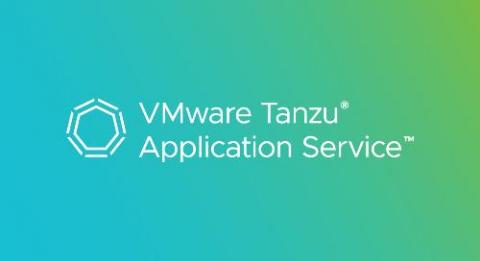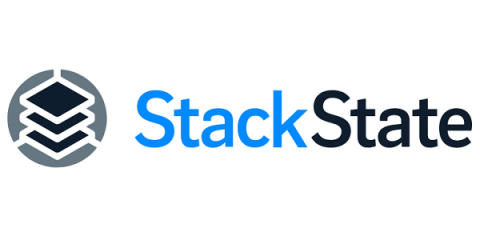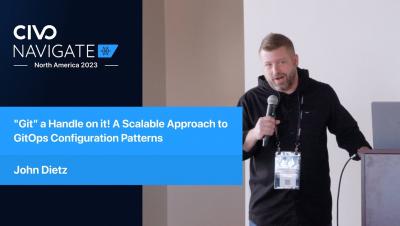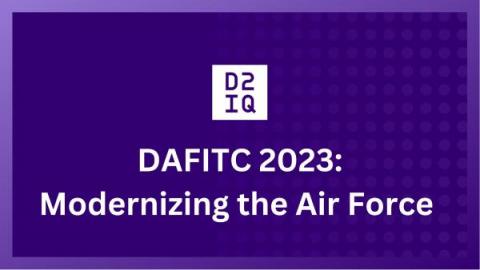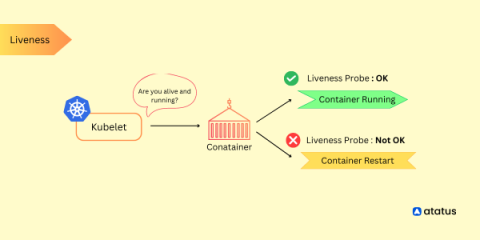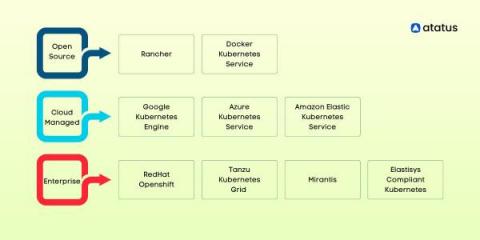VMware Tanzu Application Service and MySQL: Better Together
VMware SQL with MySQL for Tanzu Application Service is a top choice for customers seeking a multi-cloud, easy-to-use, on demand MySQL service for enterprise applications. Customers who have adopted our solution affectionately refer to it as MySQL tile. Our solution provides tangible benefits over open source and third-party offerings for the VMware Tanzu Application Service platform. To call out a few.


